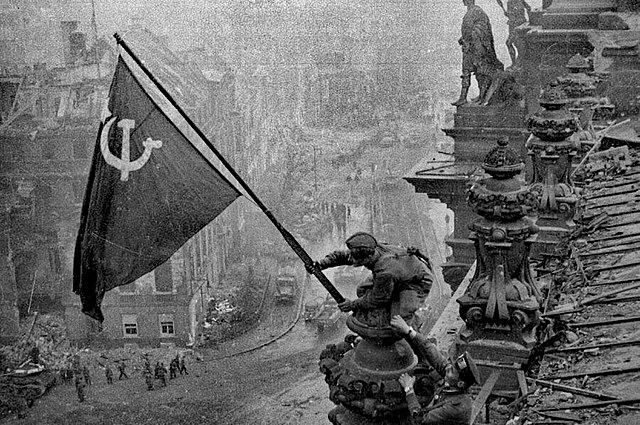When was the post-war?
Article

There is a peculiar tension at the heart of scholarship about the years and decades after the Second World War. On the one hand, the political developments following the breakdown of the war-time alliance between the United States and the Soviet Union have spawned an enormous literature, in parts as old as the history it assesses. The history of the Cold War has long been a staple subject in history textbooks and modern history exam papers. But on the other hand, it was only in the last two decades or so, since some time after the fall of the Berlin wall, that historians have consistently begun to think about the post-war period as something that deserves detailed examination and explanation in parallel to, or even outside of, the Cold War frame of reference. Students are caught out by this contradiction.
My first- and second-year undergraduates often think that post-war history seems overly familiar and ‘boring’, lacking any surprises; or they are put off by what they perceive to be vast and ungraspable processes (such as ‘decolonisation’) or abstract concepts that mean little to them (such as ‘sovereignty’, ‘nation-states’ and ‘reconstruction’). Teaching this period is also complicated by the fact that reference points so familiar to children of the Cold War era – the Iron Curtain, the arms race, communism and capitalism as two different economic arrangements – no longer mean very much to people born in the new millennium.
The historiography of the post-war era is still in the process of being written and re-written. In this essay I want to highlight a number of ways in which historians in the last two decades have re-thought how this history should be told. They have done this partly by revisiting old debates, and partly by drawing on subjects, questions and sources that didn’t feature much in the older literature. As a historian of Europe most of my reference points concern European history...
This article is extracted from Exploring and Teaching Twentieth Century History.
Attached files:
- When was the Post-War? - Jessica Reinisch
3.62 MB PDF document

